EEUU/ March 20, 2018/ By: Eric Baerren/Source: http://www.dailytribune.com
Education Secretary Betsy DeVos speaks during the Conservative Political Action Conference (CPAC), at National Harbor, Md. DeVos has given state education chiefs some «tough love» as she pushed them to innovate and do better by students. Speaking March 5, 2018, at a conference of the Council of Chief State School Officers, DeVos blasted some schools for exposing children to rats, mold and danger. (AP Photo/Jacquelyn Martin, File)
There’s important context missing from this week’s disastrous Betsy DeVos interview by 60 Minutes. As she has done every time she’s been asked non-scripted questions in venues beyond the control of her handlers, DeVos looked unprepared and uninformed. People have taken this as a sign that she is and will continue to be unfit for her office.
She is, and there is no debating it. She was appointed not because she has “qualifications,” “training” or “experience,” but because she and her family back dump trucks of cash up to the Republican Party reliably every year. This makes her no different than any other wealthy person who thinks the quantity of their assets qualifies them as experts in everything.
This is also beside the point. Understanding why Betsy DeVos is such a terrible education secretary requires understanding what motivates her, which is family and her religious beliefs.
We’re not supposed to impugn these motivations because it is beaten rhetorically into us for most of our adult lives that people who cleave to god and family are beyond reproach, that no one motivated thusly can do wrong. History, of course, tells a different story.
That philosophy is predicated on a simple idea. Secular public schools have replaced church as America’s centerpiece institution. The DeVos family as a whole has set itself on a course to correct this, to diminish secular public schools and restore the church to its rightful place.
It’s great coincidence that we are reminded of this the same week that Stephen Hawking, who argued that science and reason have become a much better explainer for the universe than religion. That creates a conflict between the democratizing power of science offered in secular public schools and the top-down authority of organized religion.
Achieving this in Michigan started with a direct frontal assault on the state constitution. The DeVos clan engineered a petition drive to ask voters to approve an amendment allowing for vouchers under the guise of choice. What it really meant was allowing the funneling of public dollars from public schools to private schools, many of which if allowed to operate as freely as they liked would be no better than Muslim madrasas on the Pakistani-Afghan frontier commonly associated with Islamic extremism.
That failed. Voters rejected this worldview a second time in electing Jennifer Granholm to a second term over Dick DeVos in 2006. Their path has since been much more circuitous, financing the Republican majority in the state House and ushering education policy down the path where the idea that unfettered choice leads to better outcomes is treated as religious dogma. The result has been a kind of educational Wild West, with for-profit charter schools operating with little or no oversight competing for tax dollars against public schools with elected school boards and publicly accountable administrators.
In every respect, it has failed badly. Choice’s acolytes, however, remain blinded in part because their children are isolated. Thanks to disinvestment coupled with deindustrialization of Michigan’s cities, that failure has fallen disproportionately on people of color. The majority of people responsible for education policy have been outstate and suburban white lawmakers.
Like most political dogmas, the failure to deliver isn’t a feature but an omelet’s broken eggs. The choice advocates DeVos leads have been at it for years, faithful that if they just try harder that they can supplant quality secular education with quality religious education. And if not totally supplant, at least crush teachers’ unions so they can continue to finance their experiments with public dollars.
This has been the raison d’etre for DeVos’ advocacy in education. It’s been about religious belief, not educating kids, although for kids who are more poorly educated for her efforts it’s probably all the same to them.
Eric Baerren is a Morning Sun columnist. He can be reached at ebaerren@gmail.com or on Twitter at @ebaerren.
Source:
http://www.dailytribune.com/opinion/20180315/baerren-religion-is-the-agenda-of-our-education-secretary
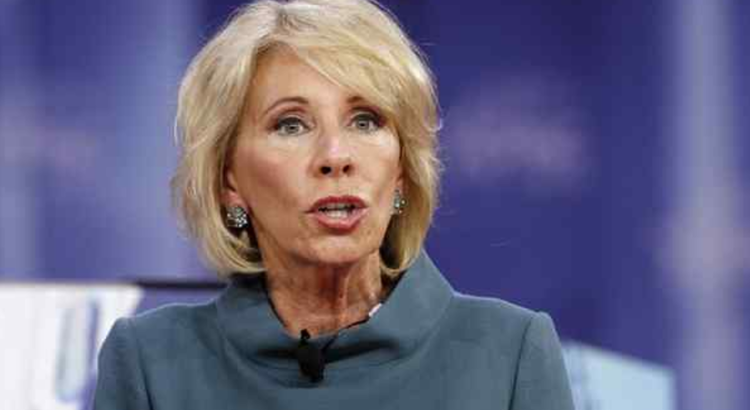

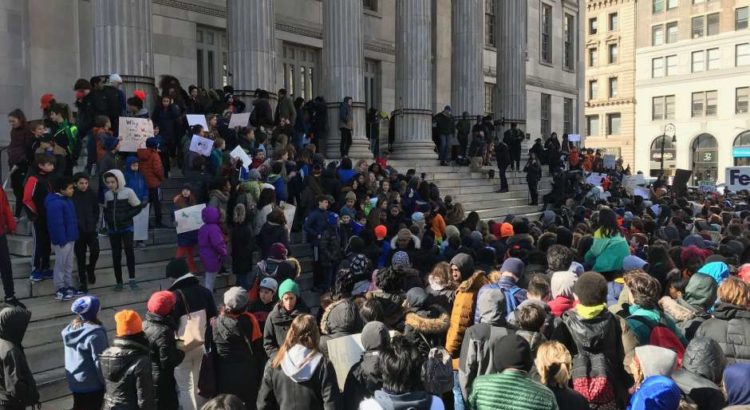

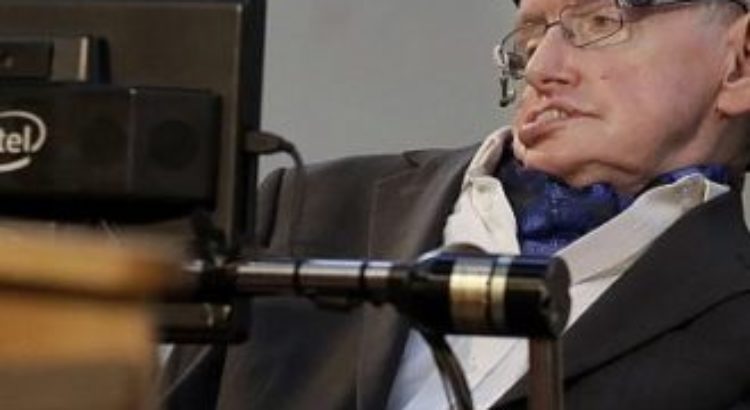
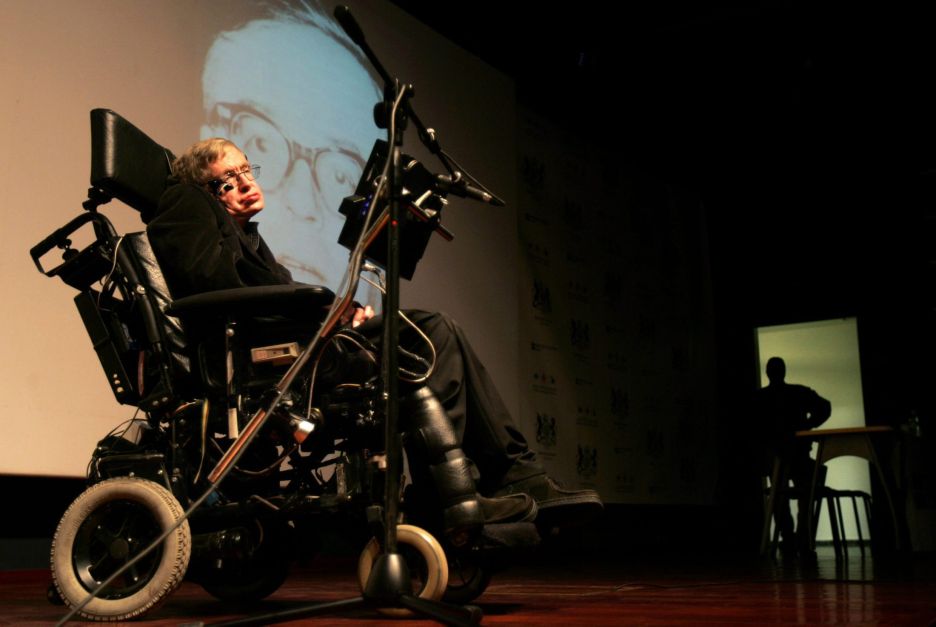




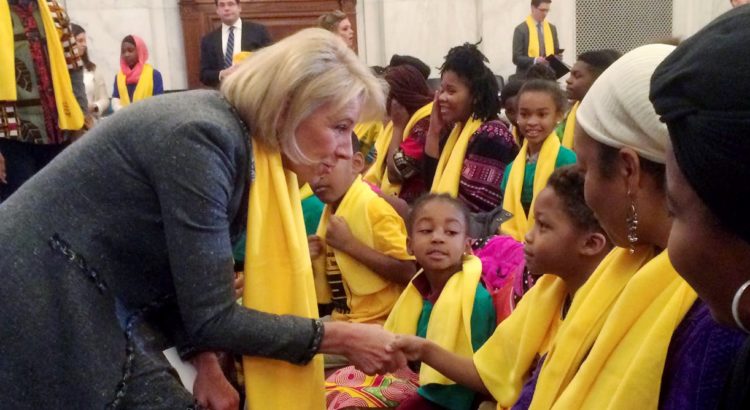







 Users Today : 8
Users Today : 8 Total Users : 35460809
Total Users : 35460809 Views Today : 15
Views Today : 15 Total views : 3420045
Total views : 3420045